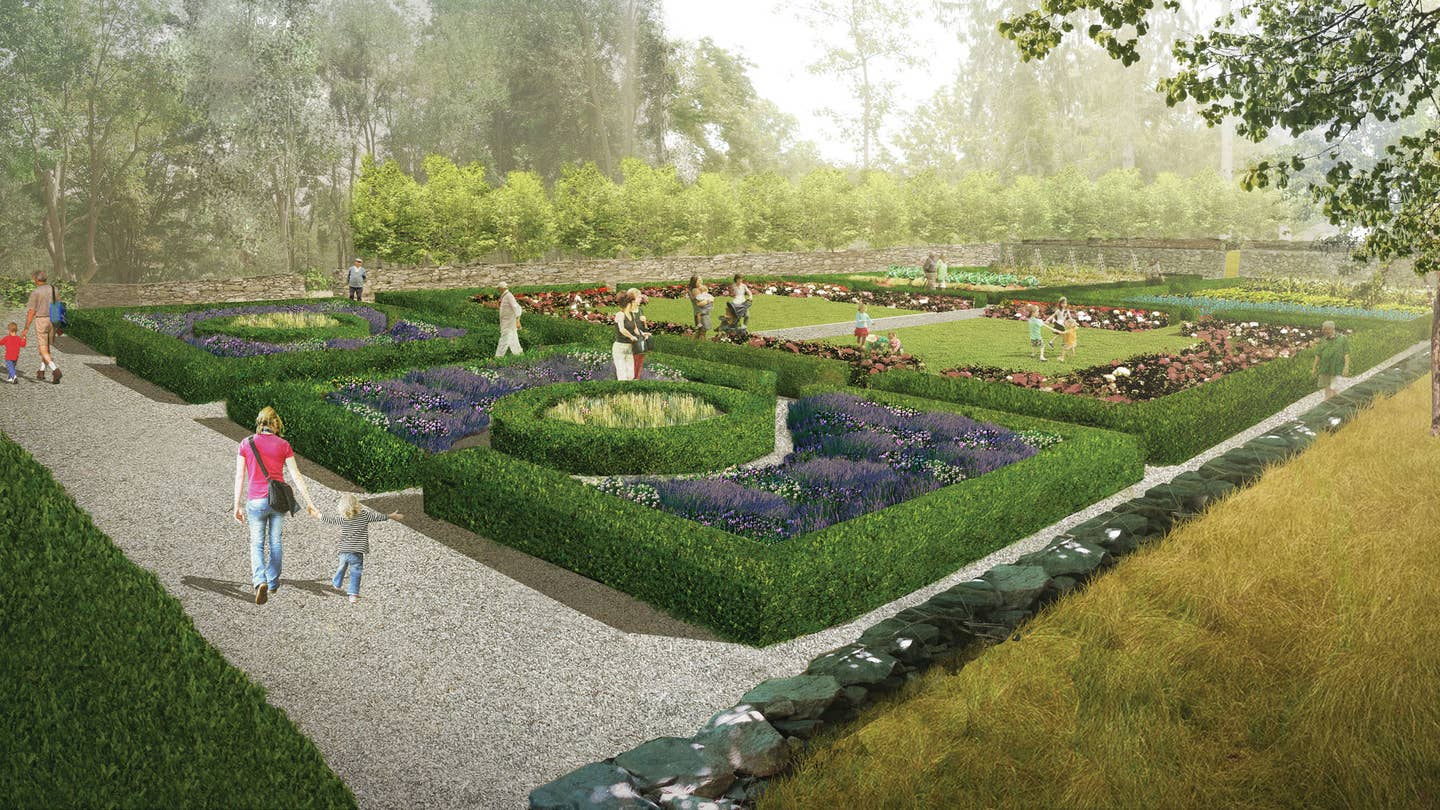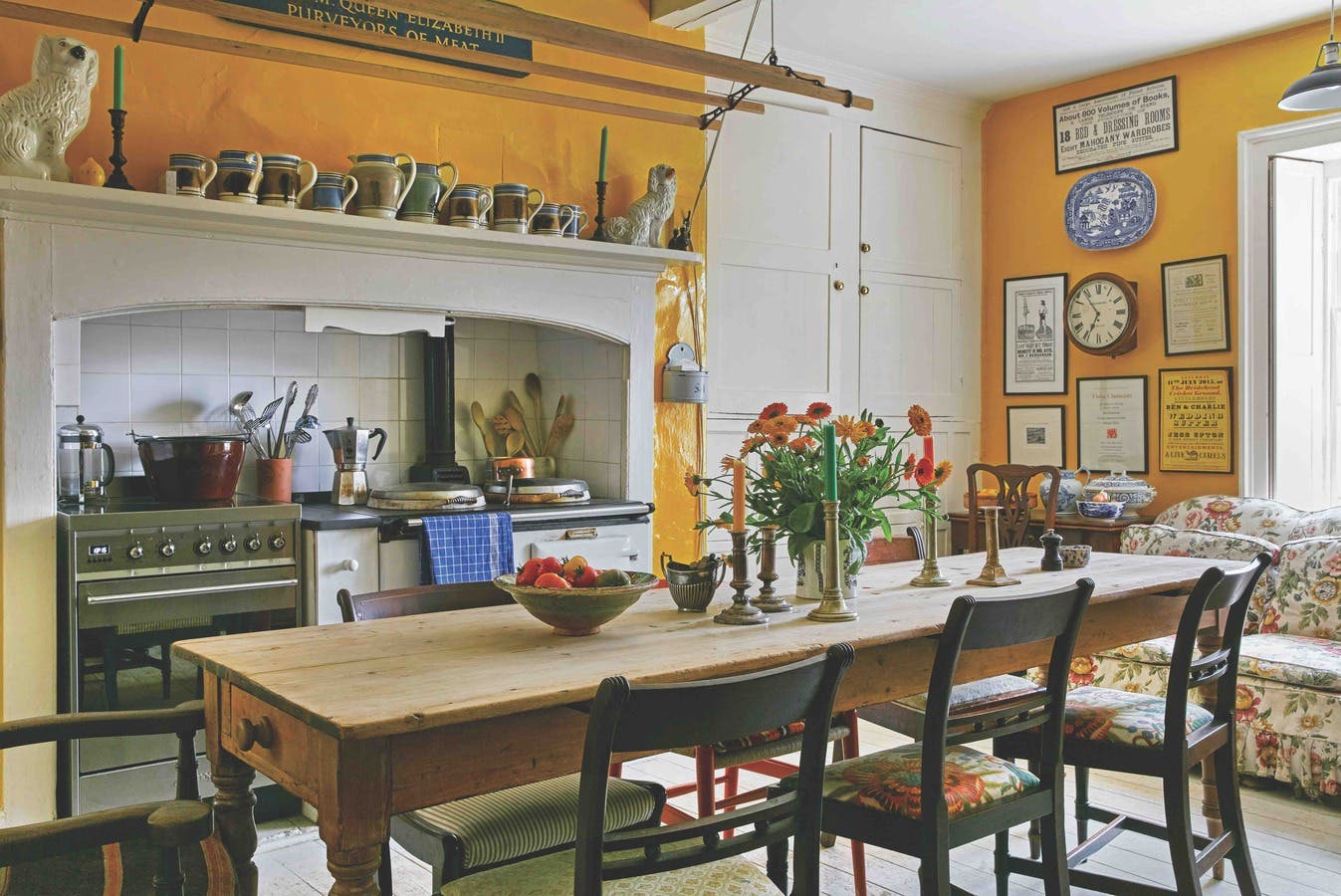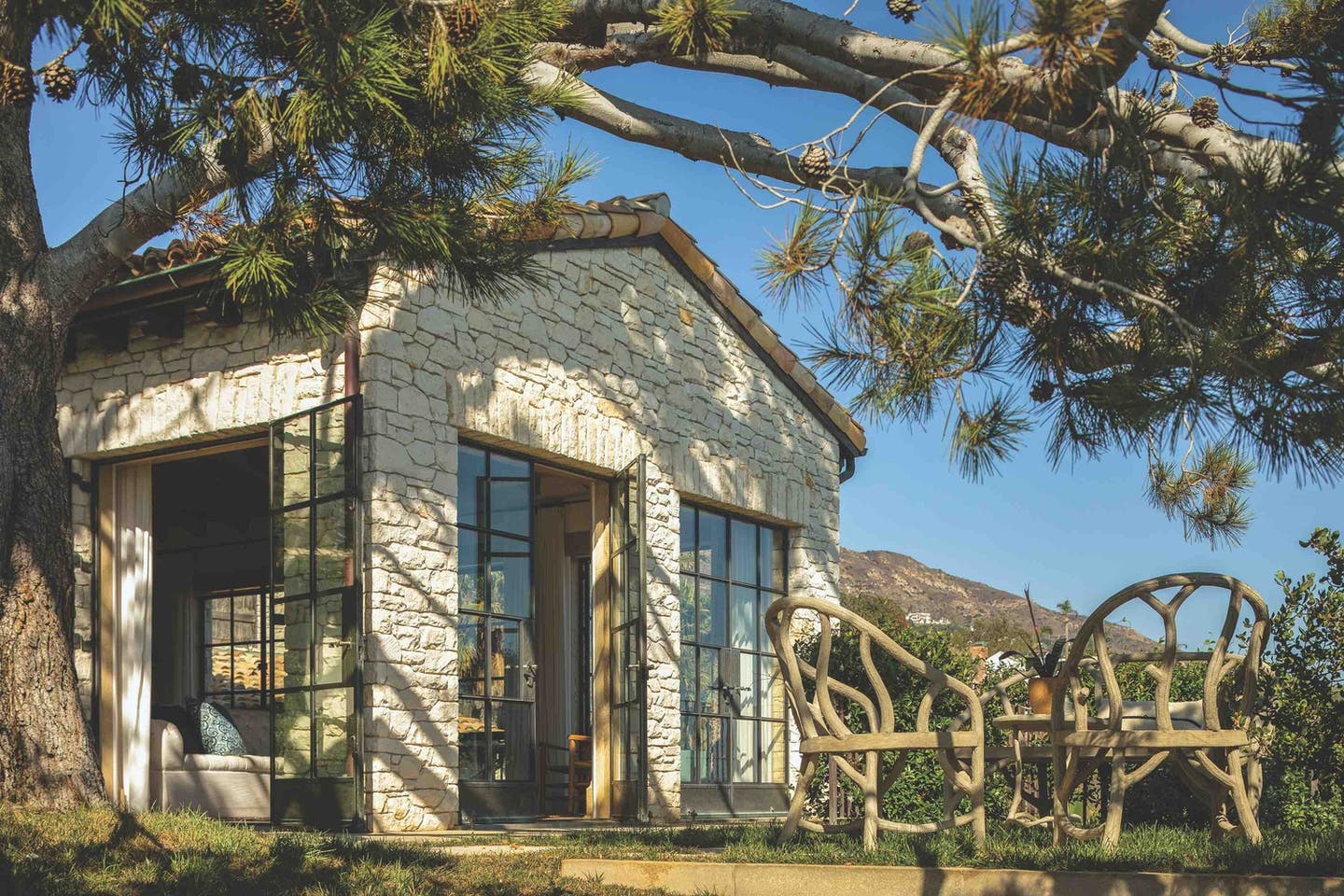
Projects
The Restoration of the Jay Heritage Center
The Jay Estate, boyhood home of U.S. Founding Father John Jay, is a 23-acre estate located in Rye, New York. Currently operated by the Jay Heritage Center (JHC), it is a National Historic Landmark owned by New York State Parks and Westchester County Parks.
Public Garden Restoration
Nelson Byrd Woltz Landscape Architects is restoring a 3-acre garden, as part of the estate’s greater evolution from farmstead to country estate to public park. The design of the garden will serve to activate new programs and experiences at the JHC and facilitate its growth as a vibrant educational campus, and host to innovative programs in American history, social justice, architecture, environmental stewardship and landscape conservation. The gardens will not be restored to the reflect one particular era but will instead reveal the influence of a series of landscape ideas and uses from the 18th, 19th, and 20th centuries.
The separate garden rooms will act as a conduit for the many historic and cultural stories emerging from this important place. Each of the rooms is framed by dry-laid stone walls, the earliest of which was built in the late 18th century by the Jay Family. These walls were essentially intact in their original form and required rebuilding by stone artisans only in areas where natural forces—like trees—damaged them.








